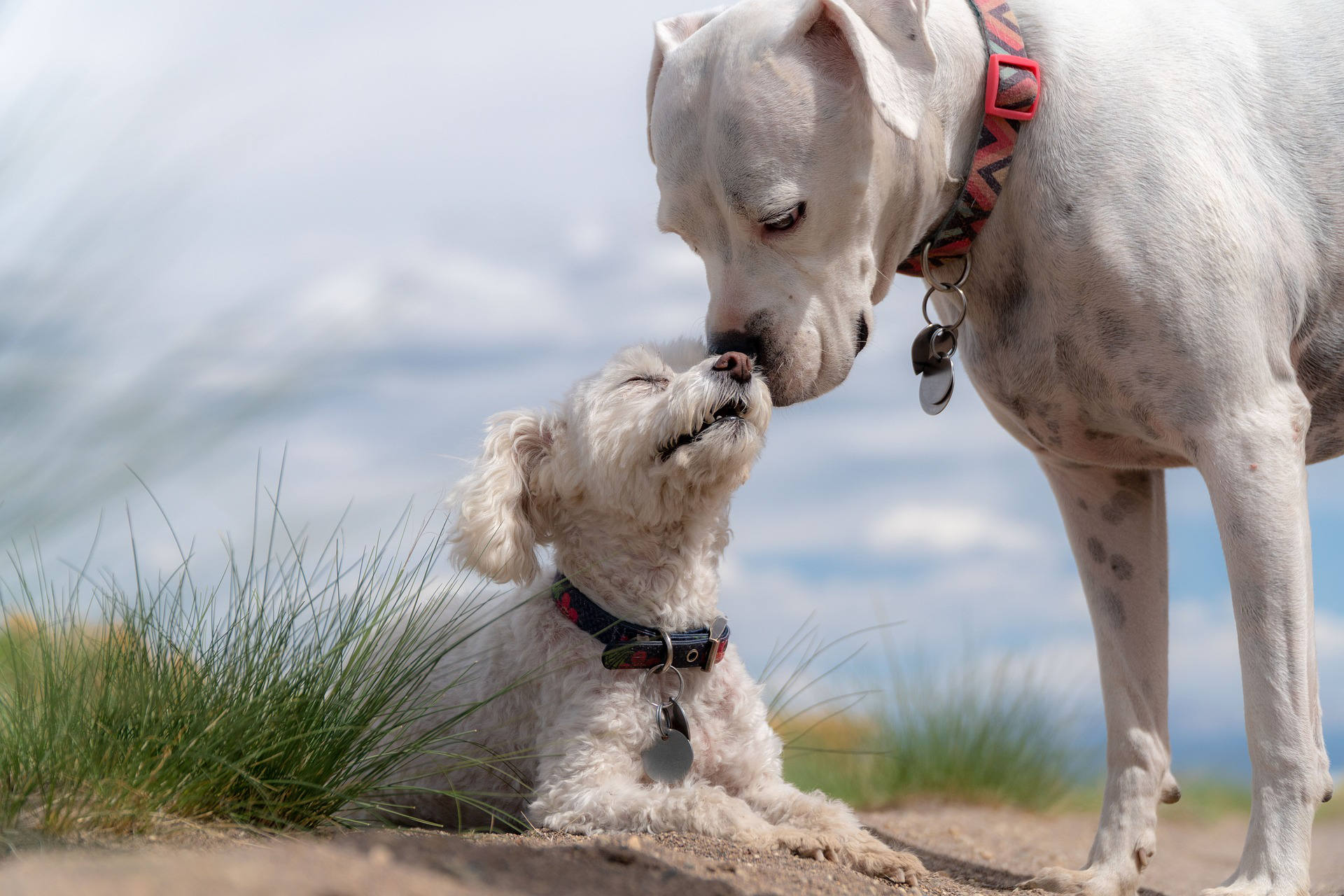Not all dogs are born social butterflies; some exhibit aloof tendencies naturally, while others become standoffish due to previous negative experiences or limited social exposure. Dog owners may find it a challenge to encourage our furry friends to play harmoniously with other dogs. So, what’s the solution?
Contents
Understanding Why Your Dog May Be Less Social
When addressing behavior issues in dogs, we must acknowledge that we can’t directly ask our canine friends why they act a certain way. However, several common factors contribute to dogs being less friendly in social settings:
Social Maturity
Dogs, like humans, change their social behavior as they mature, typically between 12 to 30 months. Age-related shifts in behavior can affect their interactions with other dogs.
Inadequate Socialization
Insufficient exposure to other dogs during a dog’s early developmental stages can lead to social difficulties later in life. Proper socialization is crucial for a well-adjusted adult dog.
Inappropriate Socialization
Sometimes, dogs are exposed to other canines during their upbringing, but the interactions aren’t handled correctly. Poorly managed interactions or negative experiences can impact a dog’s social behavior.
Traumatic Experiences
Dogs can become less friendly with other dogs after experiencing traumatic events, such as fights or attacks. Such incidents can make them defensive and apprehensive.
Breed Tendencies
Different dog breeds have distinct characteristics, including their attitudes toward other dogs. Breed-specific traits can influence a dog’s social behavior.
Play Style Mismatches
Just as humans have different preferences in friends, not all dogs enjoy the company of every other dog. Dogs may have preferred playmates and may not get along with certain types of dogs as they age.
Pain
Physical discomfort due to illness or injury can alter a dog’s play style and interactions with other dogs.
Teaching Your Dog to Play Nicely with Others
If you’re concerned about your dog’s social behavior, here are some steps to help them become more comfortable around other dogs:
Choose Appropriate Playmates
Avoid socializing your dog with unknown dogs. Instead, select dogs you know are friendly, well-behaved, and gentle.
Learn Canine Body Language
Familiarize yourself with canine body language to identify signs of discomfort in your dog before any conflicts arise.
Controlled Social Encounters
Allow your dog to interact with reliable, friendly dogs in controlled settings, such as parallel walks, off-leash hikes, or dog beach outings.
Safety Measures
If your dog isn’t trustworthy off-leash, use a back-clip harness and a long leash. Consider using a muzzle for added safety, especially if your dog has exhibited aggressive behavior.
Gradual Expansion
Gradually introduce your dog to a broader circle of socially adept dogs, helping them build positive relationships over time.
Consistency Matters
Repeated interactions with the same dogs can improve your dog’s social skills, as familiarity can lead to more comfortable interactions.
Avoid High-Density Areas
Steer clear of crowded places like dog parks and festivals, as they can overwhelm your dog. Opt for quieter social settings instead.
Reward Positive Behavior
Reward your dog for calm behavior around other dogs, especially if they encounter rude or pushy dogs.
Give Space
Maintain a safe distance from unfamiliar dogs, even if their owners claim they are friendly. Always prioritize your dog’s comfort.
Seek Professional Help
If you’re struggling with your dog’s behavior, consider consulting a reputable dog trainer or behaviorist to address the issue effectively.
Patience and consistent effort are essential when helping your dog become more social. By taking these steps, you can increase the chances of your furry friend enjoying positive interactions with their canine companions.


Leave A Comment